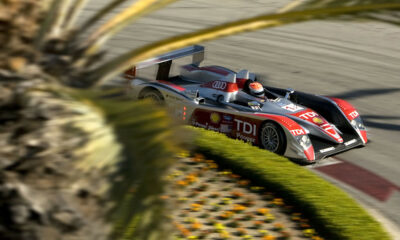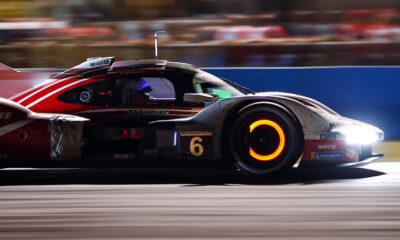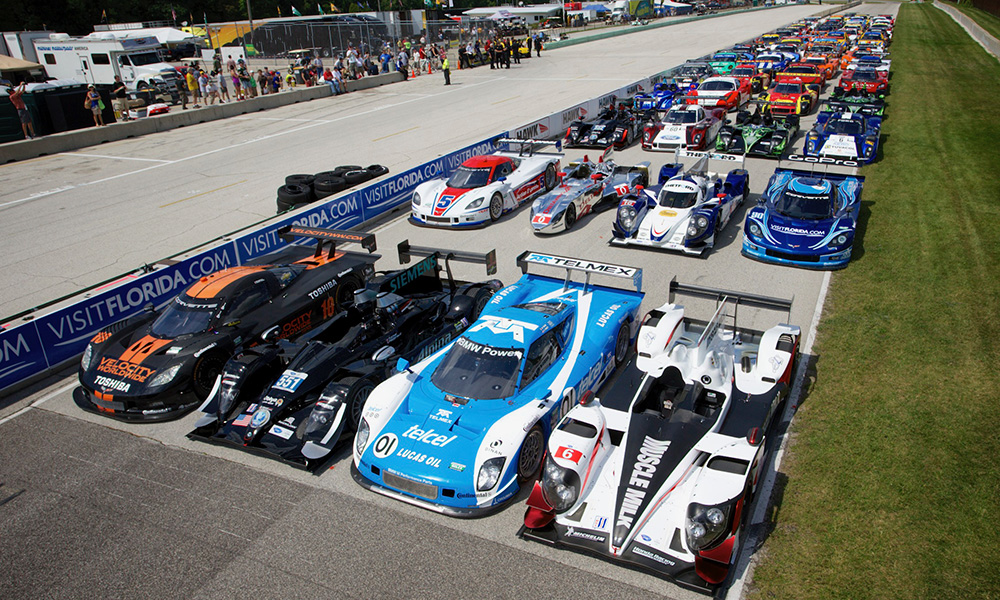
Photo: John Dagys
With the debut of the Proton Competition Porsche 963 GTP, the 2023 IMSA WeatherTech Championship will reach ten GTP hybrid entries for the first time, a story ten years in the making.
Following the announcement in September 2012 of the merger between the Grand-Am and American Le Mans Series, extensive plans were made for the combined series launch beginning in January 2014 with the Rolex 24 at Daytona.
Fittingly, ten years ago next week, the two series, still operating through their final independent seasons, came together for an important doubleheader weekend at Road America.
The weekend featured back-to-back on track sessions to provide key same day, same track, same conditions data for technical officials to use in establishing benchmarks for the 2014 season, the first season of merger competition.
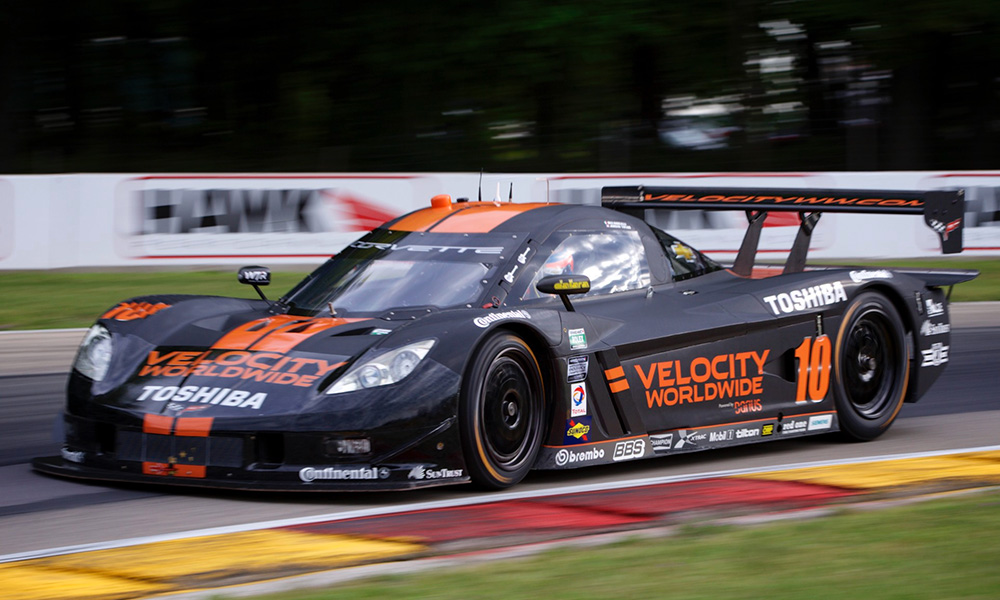
Photo: John Dagys
Different Cars, Tires, and Cultures
The Grand-Am approach featured Daytona Prototypes, cost effective cars with carefully controlled technology. The series had introduced its Gen-III prototypes with new bodies, engines, and chassis in 2012.
The ALMS, following the ACO and Le Mans approach, permitted higher but more expensive levels of technology. The result was fewer, but faster entries.
The two series also took different approaches to tires. After beginning with seven tire makers in open competition in 2000, Grand Am had switched to exclusive providers; Dunlop and Goodyear (2002-2004), then Hoosier (2005-2007), followed by Pirelli (2008-2009), before contracting with Continental beginning in 2010.
The ALMS followed the Le Mans open-tire competition approach, with Michelin the leading, but not exclusive choice, as six tire makers entered the 12 Hours of Sebring earlier that year.
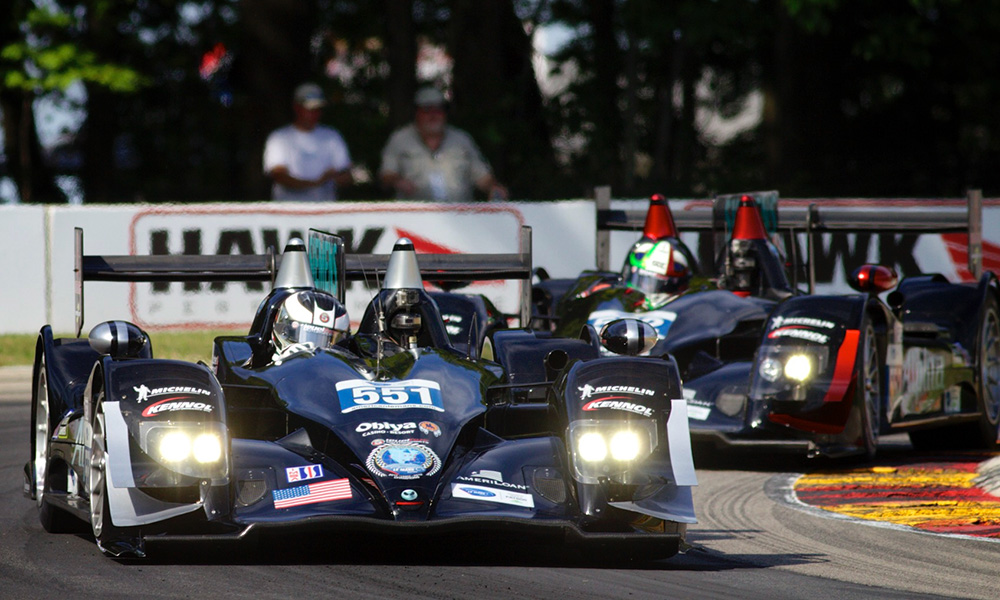
Photo: John Dagys
On the Clocks
The on-track differences between the two approaches were immediately apparent. Lucas Luhr put the Muscle Milk HPD ARX-03a on the ALMS pole with time of 1:51.480. Marino Franchitti took P2 class honors with a 1:54.806.
In the ALMS race, Luhr’s co-driver Klaus Graf set the best time, a 1:53.102 abroad the race winning Muscle Milk P1 entry. In P2, Simon Pagenaud was tops with 1:57.116.
On the Grand-Am side, Sebastien Bourdais set the best race time aboard the 8Star Motorsports Corvette DP with a time of 2:01.252. On average, the DPs were nearly six seconds off the reference P2 times.
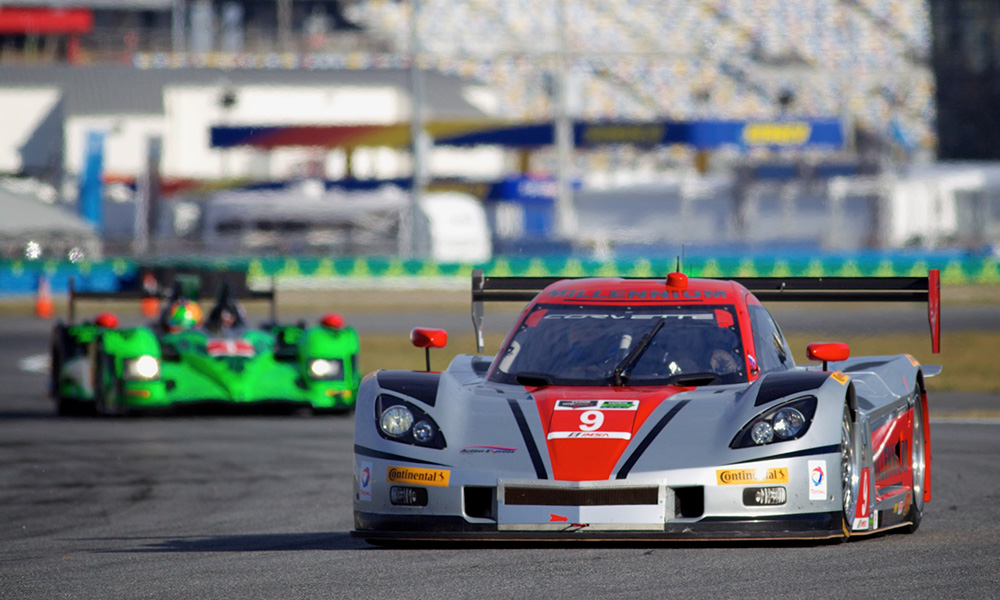
Photo: John Dagys
Speed Costs Money
With data now in hand, IMSA officials were left with two basic options; either make P2, later LMP2, the defacto top class, or speed up the DPs. They chose the latter path.
To help bridge the performance gap, IMSA officials looked at restricting P2 engines, gear ratios and mandating Grand Am tires while opening additional horsepower and undertray and aerodynamic elements to increase downforce for the DP cars.
As Motorsports Hall of Fame car builder and speed shop owner Banjo Mathews had so succinctly summarized motorsports decades earlier, “Speed costs money. How fast do you want to go?”
The preliminary estimate for the DP upgrades were in the range of $125,000-$150,000 per car. That proved optimistic, as top entrants later acknowledged the full cost was between $350,000 to $400,000 per car.
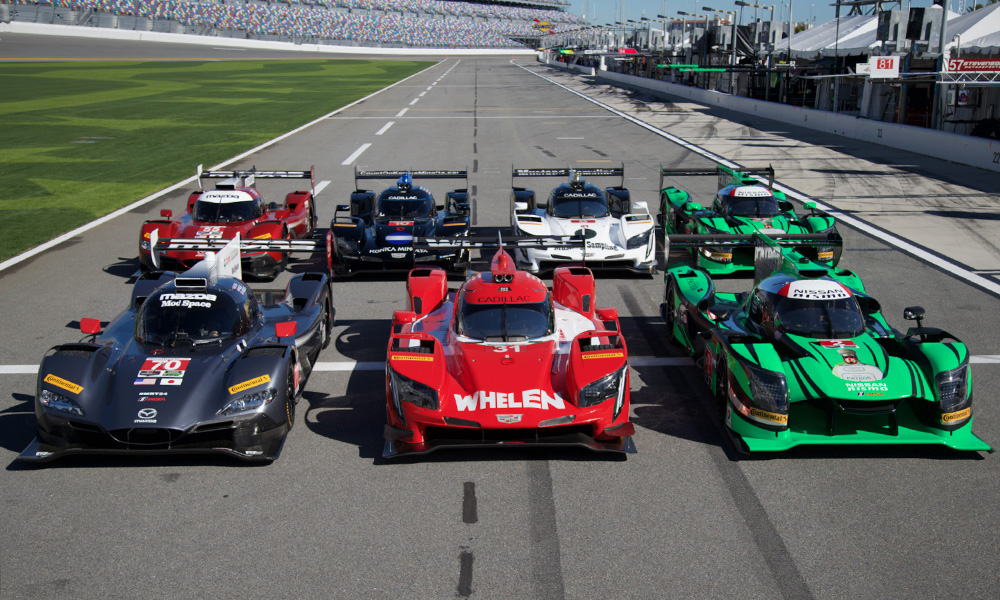
Photo: John Dagys
The Progression
Recognizing that a fresh design would be needed, the series created the Daytona Prototype international (DPi) class beginning in 2017.
Unlike the international LMP2 class, with a single specification engine provider, IMSA strongly preferred the opportunity for manufacturers to use their own brand engines and some brand design characteristics.
Later that year, IMSA announced that it had chosen Michelin, which had been limited to the open tire GT Le Mans class, as the Official tire of IMSA beginning with the 2019 season.
Meanwhile, IMSA and officials from the FIA World Endurance Championship and manufacturers had worked to unify the top classes in IMSA and WEC.
To make cars eligible for both series, two paths were defined: Le Mans Daytona hybrid (LMDh), known in IMSA as GTP. These race cars are based on one of four licensed LMP2 chassis makers. The manufacturers integrate a common hybrid system, provide their own engine and brand character design elements.
The second path, known as LMH or Hypercar, permits manufacturers to create their own chassis and powertrain with no hybrid required. All entries are then balanced to performance targets.
In addition to hybrid technology, IMSA and its partners committed to an 80 percent renewable VP fuel and Michelin developed special new double-stint tires to enable IMSA to significantly reduce tire allocations.
Now, with ten exciting new GTP cars already on the grid and more coming, IMSA is the first major North American racing series featuring hybrid power.
And with full fields, record crowds, and 18 manufacturers, the results of the merger can be more fully recognized.


















